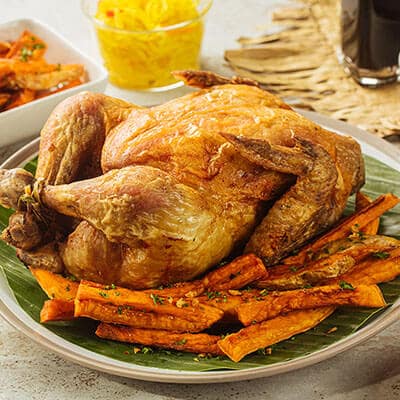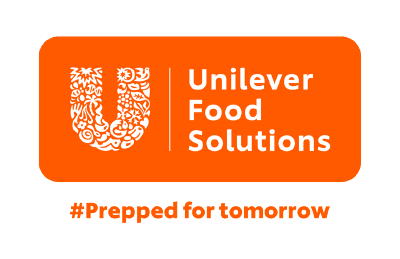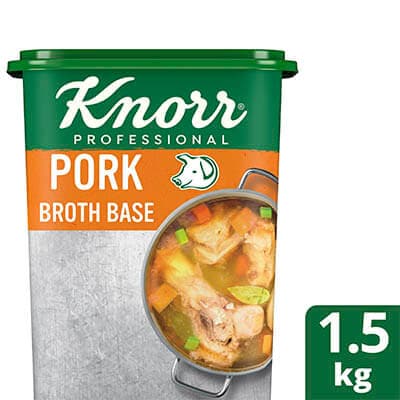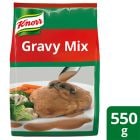Running a successful restaurant business requires precision – every decision must be strategic and well-planned. An innovative menu, stylish interiors, and a hardworking team are essential, but they’re not enough to survive in this competitive industry. Safeguarding your finances is crucial. Here’s a breakdown of expenses you should anticipate and learn to manage as you run your operations.
Pro tip: Don’t rely on guesswork when calculating your operating cost per month. Secure every detail – down to the last centavo – to ensure your profitability.
1. Food Cost

Start by determining your food cost, which should make up roughly 33% of your selling price. Food cost refers to the money spent on the ingredients and raw materials needed to prepare a dish.
Use a recipe cost sheet to calculate the correct ingredient quantities and prices. Even a small error, like a few grams of a particular product, can significantly impact your overall food cost.
Take this opportunity to evaluate your suppliers. If necessary, explore alternatives that offer the same quality at a more affordable price. Always prioritize buying ingredients in bulk or in commercial-sized packs to reduce restaurant costs. For example, stocking up on Knorr Liquid Seasoning in a 3.8L bottle can save you up to 20% compared to purchasing smaller sizes at the supermarket.
2. Rent and Utilities
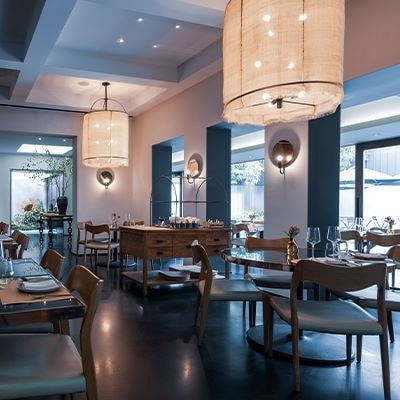
Beyond food costs, allocate another 33% of your selling price to cover all other expenses, including overhead. A significant portion of this will go toward rent and expenses related to maintaining your space. Additionally, account for utilities like water, electricity, and internet, which are essential for daily operations.
3. Labor Costs

Labor costs are another crucial component in your breakdown of expenses. If you have staff, your selling price must account for the hours they work. Typically, labor costs represent about 17% of your total sales. Beyond food expenses, this is the biggest cost of all for many businesses.
4. Presentation and Packaging

The presentation of your dishes also plays a role in determining your selling price. Think of your target market and its preferences. Do they expect elegant plating with linen napkins? If so, be prepared for higher restaurant costs as you invest in premium presentation. On the other hand, if your customers are satisfied with simpler takeout options, you can stick to more cost-effective packaging.
5. Food Safety and Sanitation

Food safety and sanitation have always been critical, but the post-pandemic era demands even more rigorous measures. You now need to budget for additional tools and materials for disinfecting and sanitizing your space. Installing air purifiers, providing gloves, aprons, and hairnets, and ensuring a steady supply of hand soap and toilet paper for customers are non-negotiables.
Make sure you regularly schedule deep cleaning of all areas. Professional cleaning service rates typically range from ₱60-65 per square meter of commercial space, with a small additional fee for microbe protection. Upholstery and dining chair cleaning services will cost approximately ₱400 per seat.
6. Equipment Maintenance

Daily operations lead to wear and tear on equipment, tools, and gadgets. Thus, regular maintenance and repairs are necessary, whether through a service center or a repair technician. Budget for these potential hidden expenses to avoid disruptions.
7. Marketing Expenses

Reeling in customers equates to increased sales, correct. But that often comes with cost implications. Whether you opt for traditional methods like distributing flyers or go digital by boosting ads on social media, you will need to set aside a budget for marketing purposes.
If your budget is limited, focus on targeting the right audience. Study your market to identify the most effective platforms and channels for your message. This strategic approach can save money while increasing the likelihood of converting views into paying customers.
For example, if your target audience is students and teens, TikTok is the platform to prioritize. If your patrons are primarily young professionals, a visually appealing and well-curated Instagram feed is your best bet.
8. Licenses and Permits
Operating a business requires securing various permits from relevant authorities, including the barangay, Mayor’s office, fire department, health department, BIR, and SEC. These permits come with fees, and the process itself involves additional costs, such as transportation or hiring an accountant.
9. Rewards and Bonuses
Rewarding your staff is also rewarding for your business. Factor this into your budget when you can. According to chef Brando Santos, “Your best resource is your human resource. Take care of your staff and always let them know how grateful you are for the hard work that they put in.”
“If your funds allow it, add a little bonus to their paycheck, take them out, or if you’re feeling lavish, you could even throw a thanksgiving party just for them. Remember that an appreciated employee is a happy one!"
10. Miscellaneous Expenses
Running a restaurant business often involves unexpected hidden costs. Bank transactions, legal fees, and franchise fees can all contribute to your expenses. Additionally, watch out for potential losses like breakages and theft – indirect expenses that affect your profitability.
Sample Breakdown of Expenses for a Small to Medium Restaurant
Your monthly breakdown of expenses will look similar to this table. However, costs can vary depending on your location, the size of your space, and other factors.
Expense Type |
Description |
Approximate Monthly Cost |
Food Cost |
Ingredients and raw materials |
₱150,000 |
Rent |
Monthly lease |
₱60,000 |
Utilities |
Water, electricity, communication |
₱25,000 |
Labor Costs |
Staff salaries |
₱120,000 |
Presentation and Packaging |
Plates, napkins, takeout containers |
₱8,000 |
Food Safety and Sanitation |
Cleaning supplies, sanitation tools |
₱6,000 |
Marketing Expenses |
Advertising, social media |
₱5,000 |
Equipment Maintenance |
Repairs and upkeep |
₱5,000 |
Rewards and Bonuses |
Bank charges, losses, supplies |
₱10,000 |
Licenses and Permits |
Employee incentives |
₱5,000 |
Miscellaneous Expenses |
Government permits |
₱6,000 |
TOTAL MONTHLY EXPENSES |
|
₱400,000 |
Tips to Protect Your Restaurant’s Profitability

The reality is restaurant expenses are never-ending. At times, you may find yourself spending more than you earn. However, there are effective strategies you can implement to protect your bottom line and ensure long-term profitability.
1. Price your products for profitability.
Proper pricing is crucial to maintaining profitability. Start by researching the market to understand how similar dishes are priced. Then, align your pricing strategy with your target market’s purchasing habits and preferences.
For example, if you're catering to students, you may want to keep prices lower. Conversely, for a higher-end market, consider adding a premium to your pricing to enhance the exclusivity of your offerings.
To ensure your pricing strategy is fair to your customers and profitable to you, take a crash course in using Excel for business. You can also invest in software like CalcMenu to organize and manage your recipes and costs more efficiently.
2. Create an emergency fund.
An emergency fund protects your business from unexpected expenses. For online or home-based food businesses, save between ₱100,000-₱300,000. For food stalls and small-to-medium restaurants, have at least ₱1 million set aside.
A general rule of thumb is to reserve funds equivalent to six months’ worth of restaurant operating costs, plus fixed costs, which are typically around 35% of your monthly sales.
3. Invest in training and upskilling.
Investing in training and upskilling is not an unnecessary expense – it's an investment in your business's future. Adopt a growth mindset to learn new techniques and gain fresh ideas that can enhance your offerings.
Attend food-related expos, travel to sample different cuisines, or enroll in seminars to stay ahead of trends. Encourage your staff to participate as well. Exposing them to industry standards can lead to innovation and improved service.
Take these pointers to heart to secure your restaurant business’s profitability. Don’t shy away from diving into your breakdown of expenses – it’s a powerful tool for making smarter decisions. By following these tips, you can ensure your venture stays afloat, no matter what challenges arise. Need more help managing your costs? Download the free recipe costing guide from UFS today.

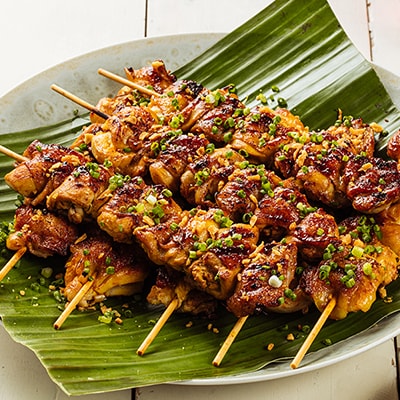
/kapampangan-bopis-pulutok-preview.jpg)
